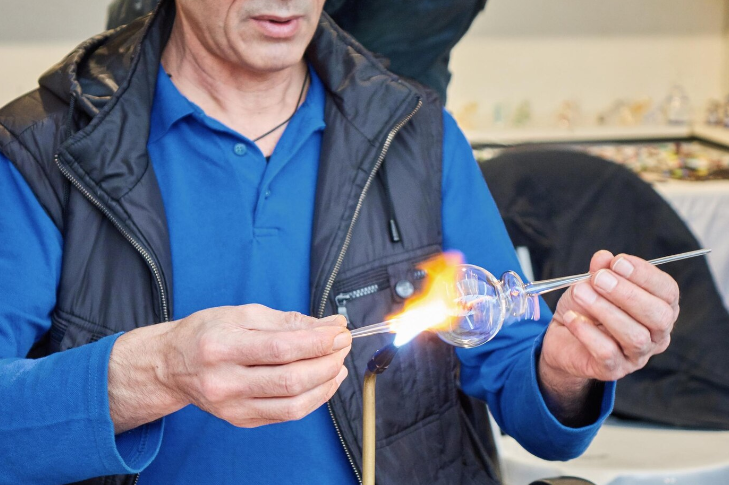Surface Profile & Morphology of Electroplating Deposit Elucidated
Surface profile of the substrate, specifically surface activity and its receptivity to accept electroplating deposit, spontaneously determines the morphology.
A deposit with good morphology will possess an adherent deposit. There is a myth and inadequate science work related to surface profile and adhesion. A few sectors do well with improving surface activity, and a sector is vulnerable. This short paper intends to shine light, dissipate a myth, and suggest improvements with supporting information.
Cleaning Activation
It is a normal practice to blast a metal surface to improve cleanliness. This approach predates the 60s, when cleaner science had made minimal progress. Over the years proprietary plating supply houses like Atotech, MacDermid Enthone and Coventya had conducted extensive research and offer an array of cleaning products. We released a short paper explaining the importance of cleaning on April 1, 2019.
In the absence of an effective cleaning process, blasting the surface is pertinent. It is an important treatment method on applications where we require higher Ra values or unique aesthetic appeal. Rather, if one blasts a surface merely to improve adhesion, then it is time to debunk the myth! Now, I’ll back up the purpose with facts and information.
To get an adherent deposit the metal surface must be clean, active and receive nucleation (form a unimolecular layer) within the first 10 or 20 seconds regardless of the current distribution pattern. A spontaneous and uniform deposit formation is important. The critical nucleation time varies between substrates and the deposit element’s electrode potential.
A truly active surface allows effective nucleation.
A poor nucleation layer will disrupt crystal growth and cause re-nucleation of the crystals. This disruption leads to deposit non-coherence and inconsistency in physical characteristics, resulting in premature product failure. Impregnated blasted media is very difficult to obliterate the surface and in most cases leaves a residue, hinders nucleation or continuity and uniformity of the deposit. An electropolished surface address this concern and enables epitaxial or pseudomorphic growth when and where applicable. This surface possesses very low Ra values, are active and free from foreign materials. If it drives you to get the most adherent deposit, electropolished surface is one of the best means to achieve this endeavor.

Surface Profile Adhesion
A truly active metal surface can form a thick intermetallic layer and develop a single domain deposit morphology (columnar structure) through the process. A single domain columnar structure deposit will possess a distinct grain boundary.
This mechanism is not independent of process control. The author of this paper had conducted extensive research over a decade on this matter, and so did a few other scientists from our society during the 80s and till now. A deposit with an intermetallic layer forms the most adherent deposit. In order for a non-electropolished surface to form an intermetallic layer, it must possess an active surface. We know that an electropolished surface possesses lower Ra value, but we require more controlled studies to validate the relationship between the surface profile and adhesion. On this subject, good surface profile implies a clean, smooth and active surface.
Morphology Physical Characteristics
Most adherent deposits possess good morphology. A deposit with an intermetallic layer and undisrupted columnar structure will have greater than 20% improvement in physical characteristics such as hardness, tribology, and corrosion resistance properties.
Summary
Blasting is a valuable pretreatment method, but an ambitious applicant must recognize that residue left on the surface affects the deposit characteristics, and it is not a certain choice in pursuit of an adherent deposit. Electropolishing is not practical on many applications. Exceptional cleaning and activation are viable and important.
Accomplishing an intermetallic layer on all applications is an unreasonable expectation, but a clairvoyance can set that as an aim. This aim is akin to lean’s one-piece flow and six-sigma.
In short, be mindful of the relationship between activation, morphology and physical characteristics.
Notes:
Material scientists and electrochemists now and then use different terminologies when referring to the same concept. Some terms used in this paper are no exception.
I used material scientist as a substitute for metallurgist. The global technical community replaced the term metallurgy with physical characteristics in 2010.
You are welcome to post a comment or email with questions to adviser@theadvint.com if a concept is abstruse.
You may like also
Hydrogen Embrittlement: The Hidden Danger Compromising Metal Strength

Posted By:Venkat Raja
May 01, 2020
Tags:






